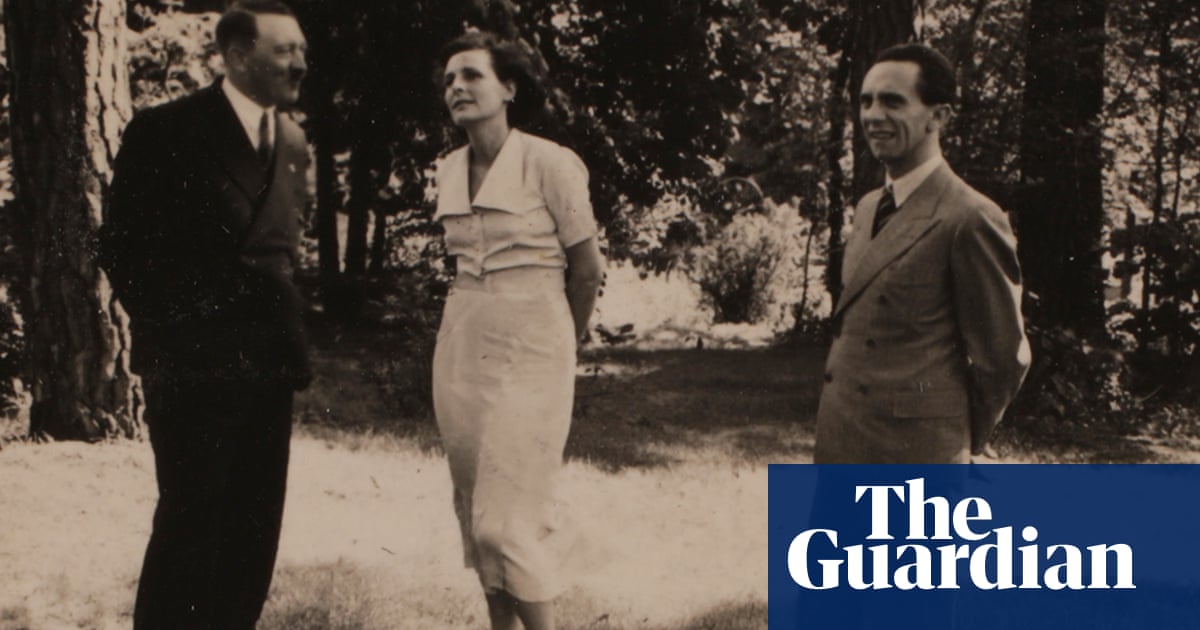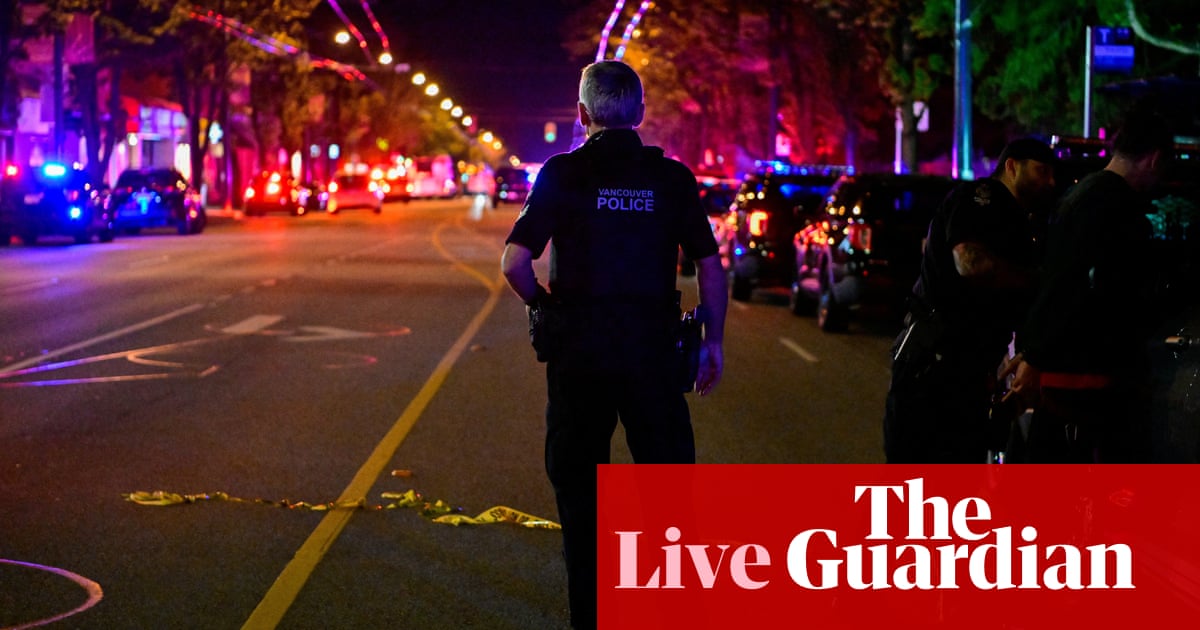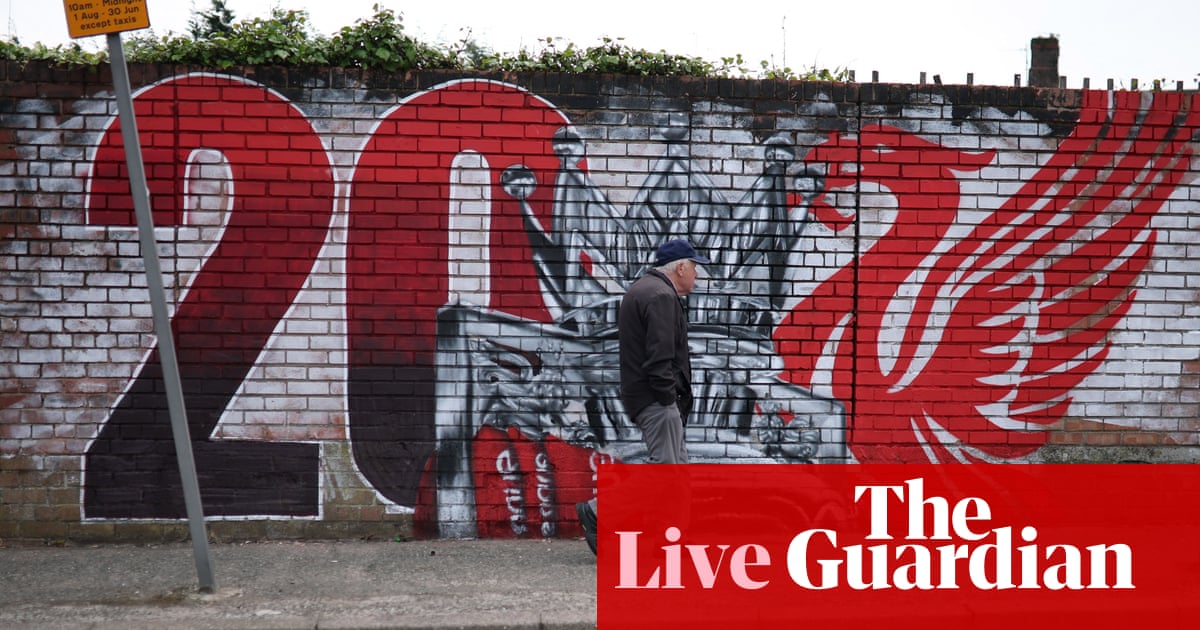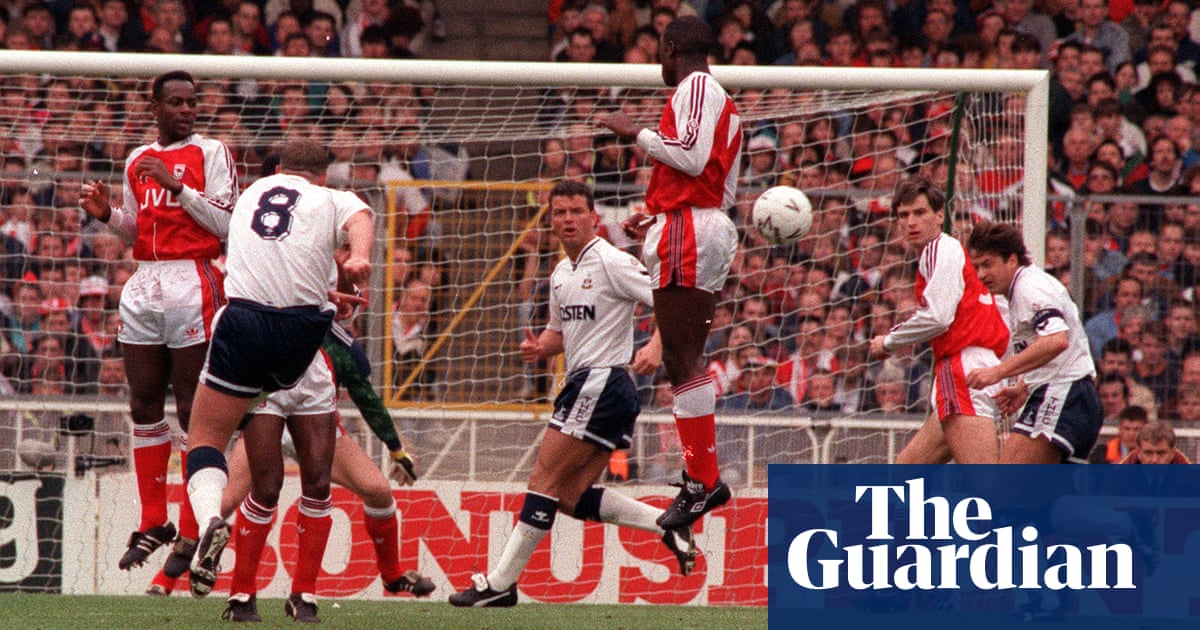Gary Oldman’s decision to stage this work at York Theatre Royal is infused with sentimentality. It is, he explains in the programme, where he made his professional stage debut in 1979. The return, from a lifetime of film work (though with a TV role very much still in play with Slow Horses), carries the sense of an older man in conversation with his younger self.
Just as in Samuel Beckett’s 1958 one-act play – a monologue which becomes an existential encounter with past selves and the many voices we incorporate within us across a lifetime. So Beckett’s crabby writer ritualistically sits down on his 69th birthday to tape-record all that has come to be over his past year, as he does annually, and then begins listening to the voice of his younger self – or selves – first with haughty judgment of the romantic he once was and then the yearning, regret and desolation slowly creeps in.
This is not only a one-man play but something of a one-man project for Oldman, who single-handedly directs, designs the set and performs, as well as co-producing the show. What could have been a disastrous vanity project is a startling piece of theatre, arresting and emotional, up there with the best of the modern day Krapps.
He is surrounded by the accumulations of his past – books, files, boxes – which crowd around his desk. He climbs across a triangular heap of bric-a-brac to arrive at the desk and begin eating his bananas. The set design faintly resembles Winnie’s “heap” in Happy Days (written three years later) and conveys the same sense that Krapp is trapped, here in the detritus of his life’s hoardings.

Oldman does not go down the Vaudeville route with the play’s tragicomic elements – such as the banana eating. He is funny but never the clown. The opening silence, punctured with chomping, creaks of the desk in lieu of Krapp’s old joints, and squeals of the word “spool” (is he delighting in the word or fending off the lonely quietness around him?) has the audience leaning into his every sound and movement.
Oldman becomes more vulnerable by inches. We listen intently to his character listening to himself. It is remarkable to build such intimacy in a space as big as this auditorium, but the beautiful, focused lighting by Malcolm Rippeth helps, along with crisp sound design by Tom Smith. Poignantly, the production features the same tape recorder used by Michael Gambon and John Hurt in their turns as Krapp. It lights up at the end, as if alive – the only part of Krapp that remains vital as the mortal fades, year by year.
There is richness to Oldman’s voice – or voices – as he modulates his tone and delivery in the recordings to sound younger, and there is a hypnotic lyricism to the descriptions of a past lover. You feel Krapp’s alienation from this “other” man whose voice emanates from the tape – vigorous, sensuous, still hopeful; but he is also mesmerised, in thrall to him.
“The earth might be uninhabited,” says younger Krapp, poetically, and the older man manifests the sentiment much more starkly, and without the poetry.
The play makes for a negative kind of epiphany: Krapp’s intimations of mortality. That it is an encounter with the past for Oldman too gives this exquisite show all the more punch.

.png) 11 hours ago
8
11 hours ago
8













































